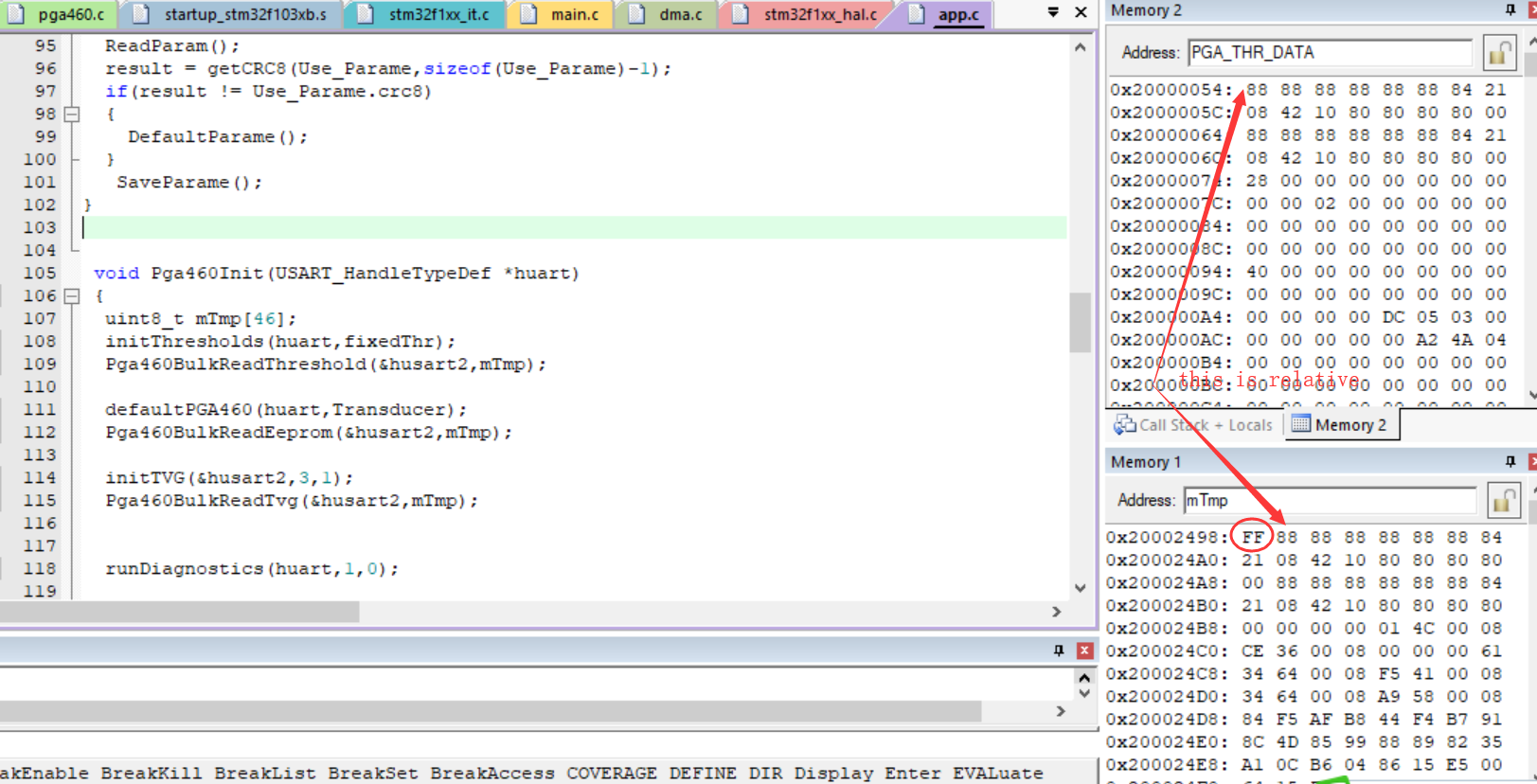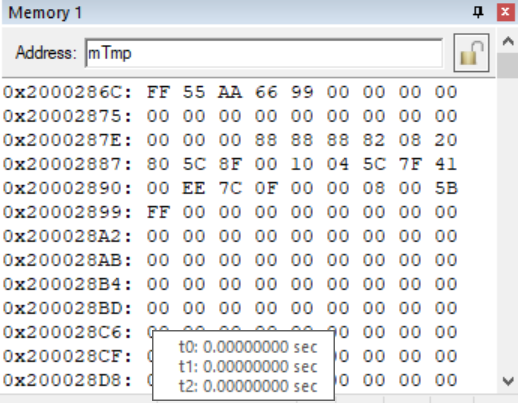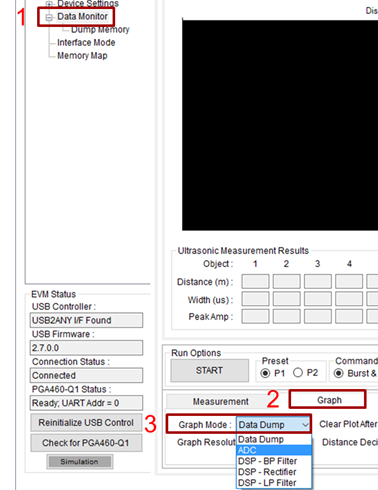Other Parts Discussed in Thread: , TDC1011
It is normal for me to use the asynchronous serial port for control on pga460. Now I need to read data through the synchronous UART in test mode. Can the commands similar to the storage of eeprom in the asynchronous mode also be used in the synchronous mode?








